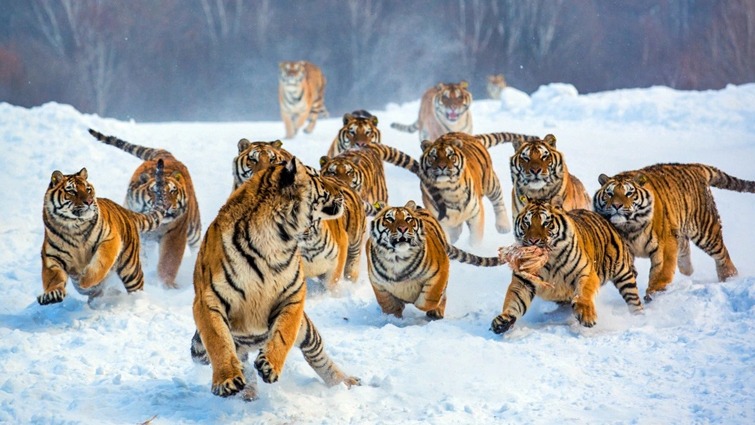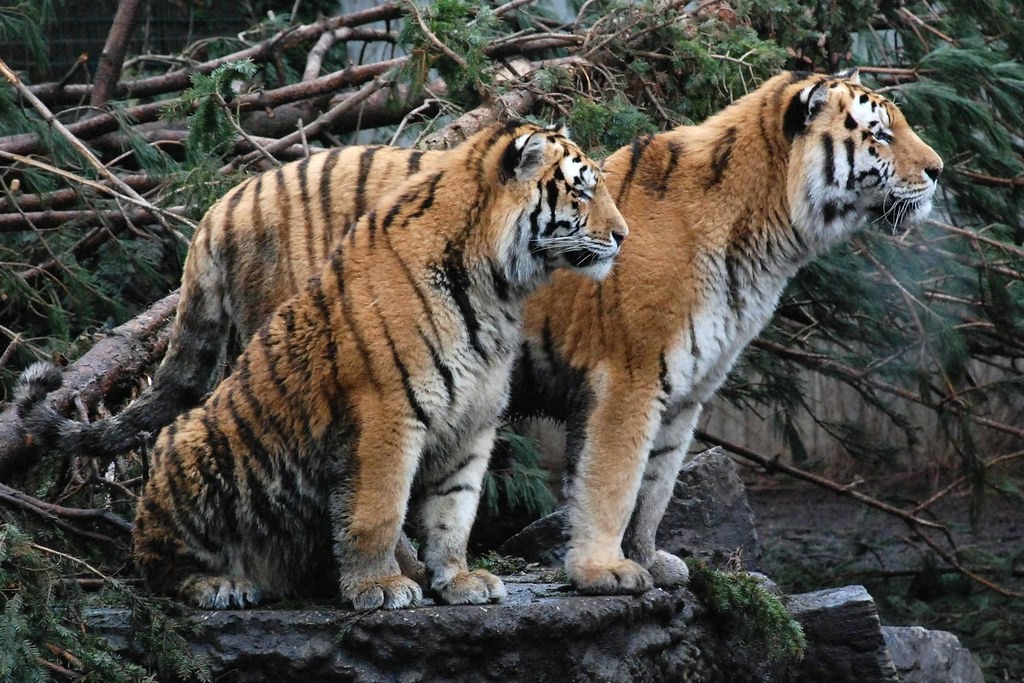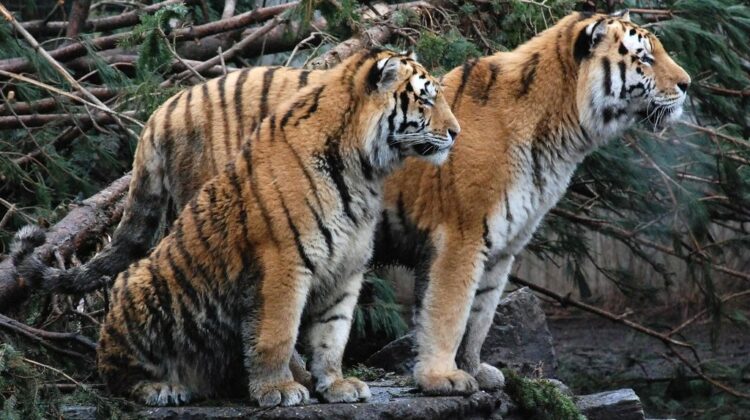World Tiger Population Has Grown by 40% Since 2015, Conservation Group Finds
Published right before International Tiger Day (in the Year of the Tiger), a surprising report from the International Union for Conservation of Nature (IUCN) reveals that the global tiger population has surged by 40% since 2015. This increase means there are now between 3,726 and 5,578 tigers worldwide, reflecting improvements in monitoring techniques rather than an actual population boom. The IUCN notes that this suggests the global tiger population “appears to be stable or increasing.”
This news brings a glimmer of hope for conservationists, but it comes with important caveats. Dale Miquelle, coordinator of the Wildlife Conservation Society Tiger Program, acknowledges that while local conservation efforts are making a difference, “this progress is fragile—we are still losing tigers from many areas, while they are increasing in others.”

Despite these promising figures, tigers remain categorized as “Endangered” on the IUCN Red List, which tracks the conservation status of thousands of species. Significant challenges persist, including ongoing threats like poaching and habitat fragmentation. The World Wildlife Foundation (WWF) reports that tigers have lost a staggering 95% of their historical range due to human activities. As a result, tigers are often forced to compete for resources with humans, leading to conflicts and loss of life. Poaching exacerbates this dire situation.

The IUCN statement highlights major threats including poaching of tigers, hunting of their prey, and destruction of their habitat due to agriculture and human settlement. To address these issues, it is crucial to expand and connect protected areas, ensure their effective management, and engage with local communities living in and around tiger habitats.
Miquelle concludes, “although we still have a very long way to go, the new assessment shows that the tiger can be saved.” However, achieving this goal requires significant changes in our own behaviors and continued dedication to conservation efforts.
